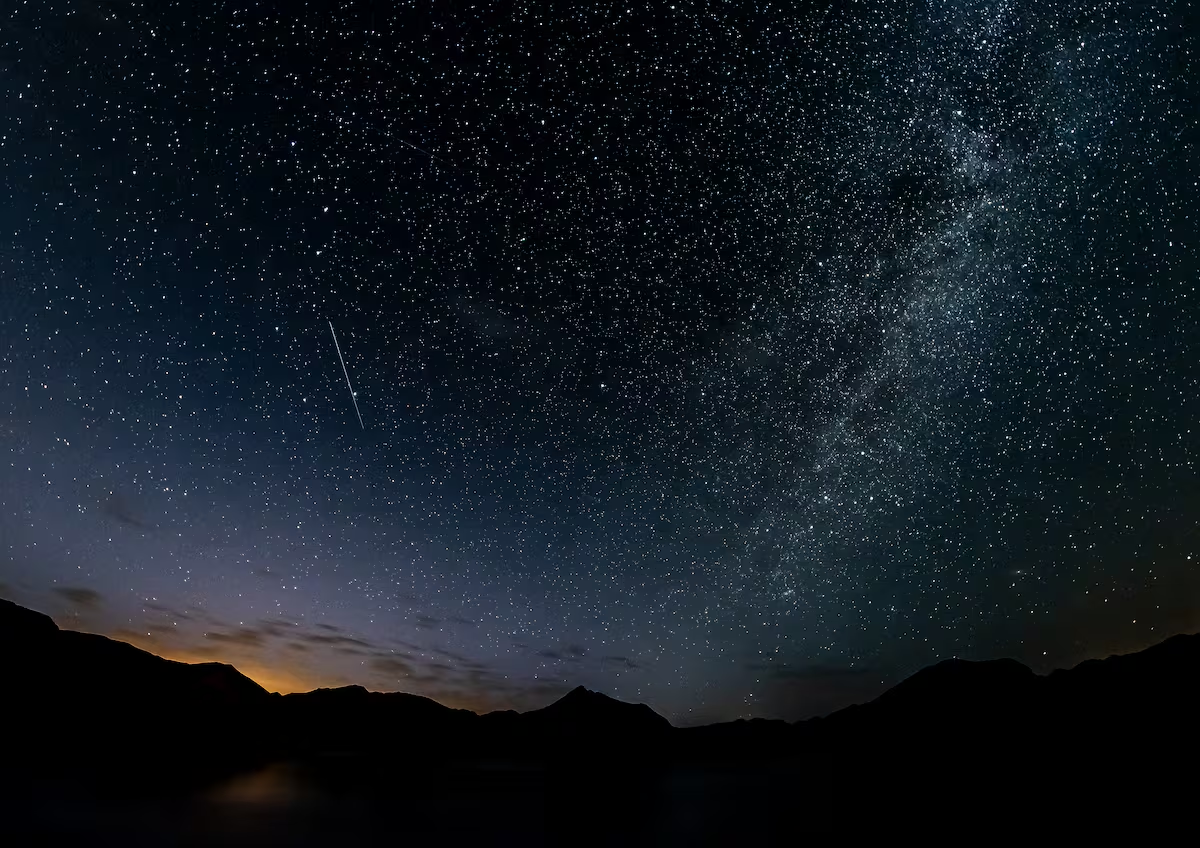
What is a star? According to the RAE student dictionary (the first to appear in the search engine, does anyone know the reason) it is “a celestial body that shines at night, except for the Moon”. This would lead us to say that planets like Venus or Mars, asteroids like Vesta and comets like 3I/ATLAS are stars. As an astrophysicist it doesn’t convince me, even if it is a good definition to understand the etymology of planet, a word that was born to talk about “wandering stars”, because at first glance they are very similar to stars; but they move in the sky, unlike these. In the official RAE dictionary the definition adds “with its own light”, which could point to the energy source, which I will talk about later, but which doesn’t convince me either, because everything that is at a certain temperature emits its own light.
Per Wikipedia, a star is a “spheroid of plasma held by gravity.” This definition is closer to the one we astrophysicists use, even to the one anyone has in their head. The definition already contains much more detail, implicitly. First, plasma is a hot gas, at a high enough temperature that it can be ionized. And incandescent means “emitting red or white light.” Secondly, “gravity-supported” hides many more concepts. It means that an equilibrium has been reached, which does not have to be eternal – even stars die – and in which gravity is involved.
But there is also something else inside that is not explicit in that encyclopedic definition: the very nature of plasma. A plasma, like any gas, has a pressure, which tends to expand the occupied volume towards areas of lower pressure. This physical phenomenon explains, among many other things, the wind in our atmosphere. In a star, the expansive pressure of the gas is counteracted by the contraction imposed by gravity. And if a balance is reached, we have a star.
As you can see, neither the RAE nor Wikipedia talks about something that will come to mind if you are interested in astrophysics: nuclear fusion. This is a very important point, because if gravity is counteracted by the pressure of the plasma, it is essential to maintain equilibrium for long periods of time that the pressure and, therefore, the temperature does not change. But all plasma, anything at a certain temperature, emits light and loses energy in the process. Then the plasma would have to cool and the equilibrium would be broken. Since stars, including the Sun, are constantly emitting – the Sun only changes its brightness by 0.1% – this means that there is a mechanism that heats the gas and provides it with the energy necessary so that it does not cool down, so that its pressure remains in equilibrium with gravity, assuming that gravity does not change because the mass of the star does not change either; which is not true in general, but that’s another story.
The energy source that keeps the Sun in balance is nuclear fusion. Of course, we didn’t always know about this phenomenon. Only 200 years ago, the most accepted theory by leading physicists, such as Hermann von Helmholtz, was that the Sun was contracting; and, interestingly, any gas that contracts due to gravity loses energy, which can be used to heat it. It is a non-intuitive concept, but very important for planets like Jupiter or Neptune, which emit more energy than what comes to them from the Sun, which does not happen with the Earth. But the theory didn’t work very well, because we don’t see the Sun changing size. Furthermore, this way of gaining energy meant that the Sun could only be 20 million years old, something that is very far from the age of many rocks on Earth.
100 years ago, another famous physicist, Ernest Rutherford, proposed that the Sun’s plasma was heated by the radioactive decay of certain elements within it. This phenomenon has also been discarded, although it is, once again, tremendously important: it is what explains the structure of the Earth with mantle and hot cores, which has very relevant consequences for us, such as the existence of plate tectonics.
Just under 100 years ago, Albert Einstein and Arthur Eddington, other monsters of physics, concluded that inside the Sun there are temperatures and pressures high enough to allow hydrogen atoms to fuse to form a helium atom. This is a process in which energy is released, equivalent to the mass difference between the sum of the masses of hydrogen and helium, which is slightly less than that sum. Only a little more than 50 years ago, nuclear fusion was confirmed as the source of energy that keeps stars in balance, together with gravity, and is responsible for the synthesis of most, if not all, of the elements around us, especially some important ones such as oxygen, carbon or nitrogen.
So let’s go back to our initial question: what is a star? We can ask whether fusion is necessary for a celestial body to be called a star. If we do not consider it necessary, then we can call certain stars neutron stars, or consider white dwarfs as stars, which are “celestial bodies that shine at night” and also “plasma spheroids held by gravity”. In both cases, gravity is not opposed by a gas pressure maintained by nuclear fusion, but by other phenomena – very curious I would say, and quantum! – less classic than the pressure of a gas, but which I don’t want to dwell on today.
If we consider that it is not necessary for there to be fusion in a star to call it such, there is another object whose existence was hypothesized two decades ago, and which perhaps we have just discovered with the space telescope James Webb. These objects would be similar to our Sun in the sense that they would be a large ball of ionized gas forming a shell around a radiating core where energy is created. But instead of fusion, what these objects would have at their center would be a black hole. The black hole, thanks to its extreme gravity, could heat nearby gas to millions of degrees, enough for an outer atmosphere to even exist with temperatures similar to those we see in stars like our Sun, of around 5,500 degrees. It’s what’s known as a black hole star –black hole starin English, BH* as an acronym—, or quasistar. This surname has nothing to do with a quasar, which derives from another quasi-stellar object: we astrophysicists often have big problems with names. The space telescope James Webb You may have discovered this type of objects among the so-called red dots, some of them have all the characteristics you expect from BH*. But we are checking the alternatives, and trying to understand how these objects form, because the process should be similar to that of supernovae, but without the explosion! And perhaps these BH* are essential for the beginning of galaxy formation in the infancy of the universe.
Pablo G. Pérez González He is a researcher at the Astrobiology Center, dependent on the Superior Council of Scientific Research and the National Institute of Aerospace Technology (CAB/CSIC-INTA).
Cosmic void It is a section where our knowledge of the universe is presented in a qualitative and quantitative way. It aims to explain the importance of understanding the cosmos not only from a scientific but also a philosophical, social and economic point of view. The name “cosmic vacuum” refers to the fact that the universe is and is, for the most part, empty, with less than 1 atom per cubic meter, despite the fact that in our environment, paradoxically, there are quintillions of atoms per cubic meter, which invites us to reflect on our existence and the presence of life in the universe.
You can follow Subject In Facebook, Twitter, instagram or sign up to ours here news.







